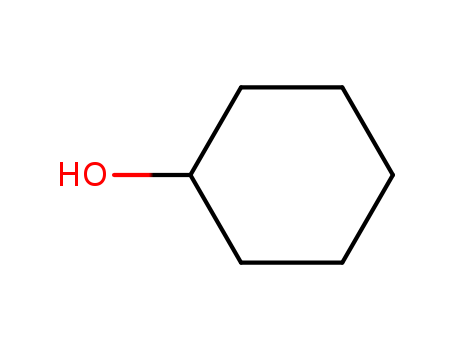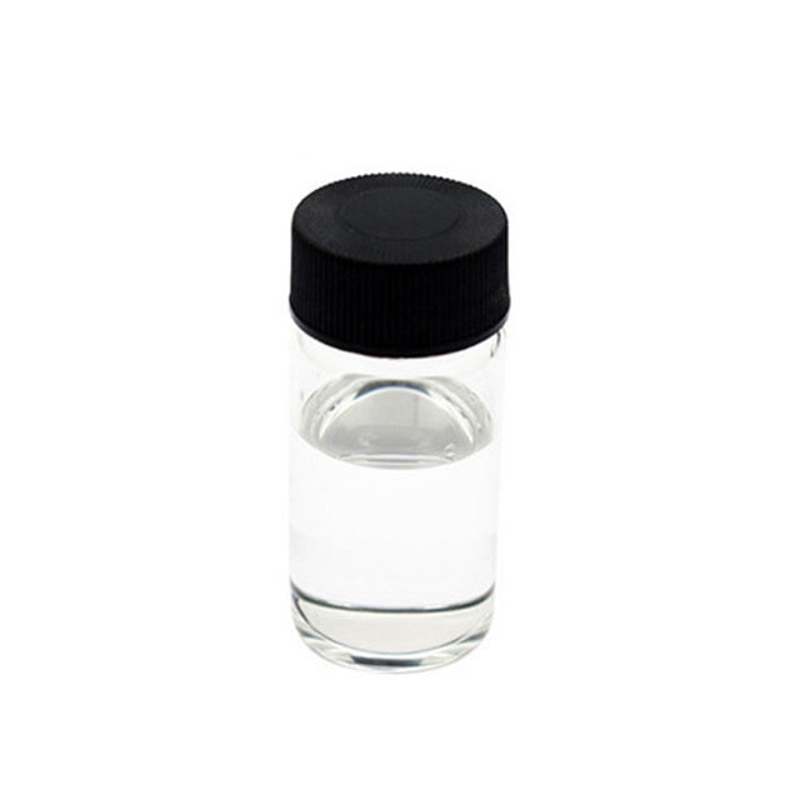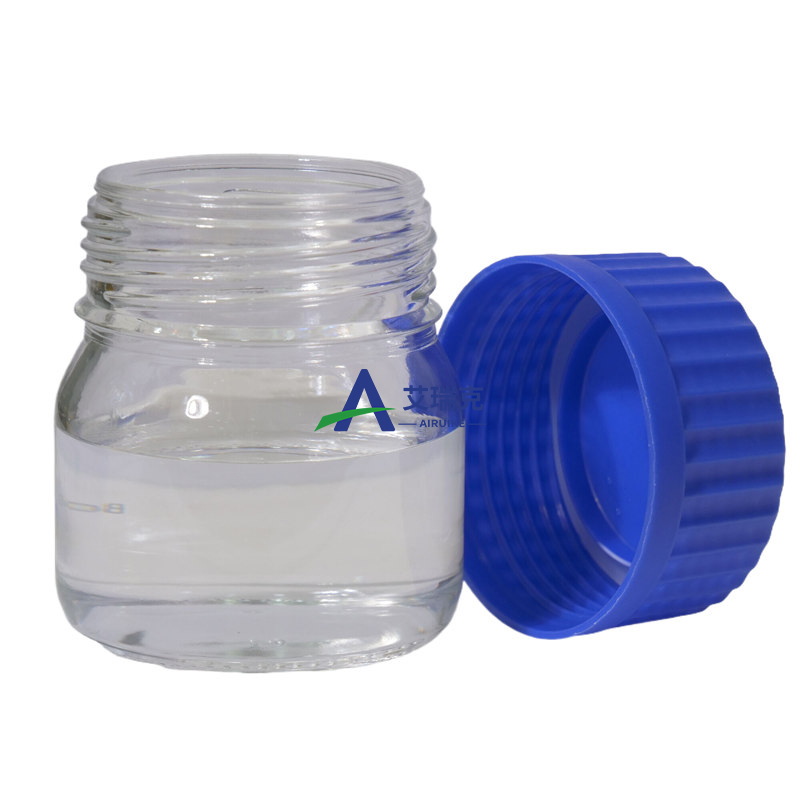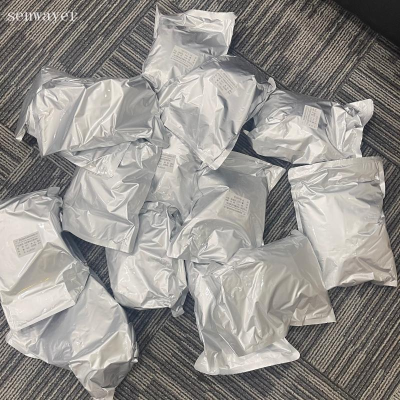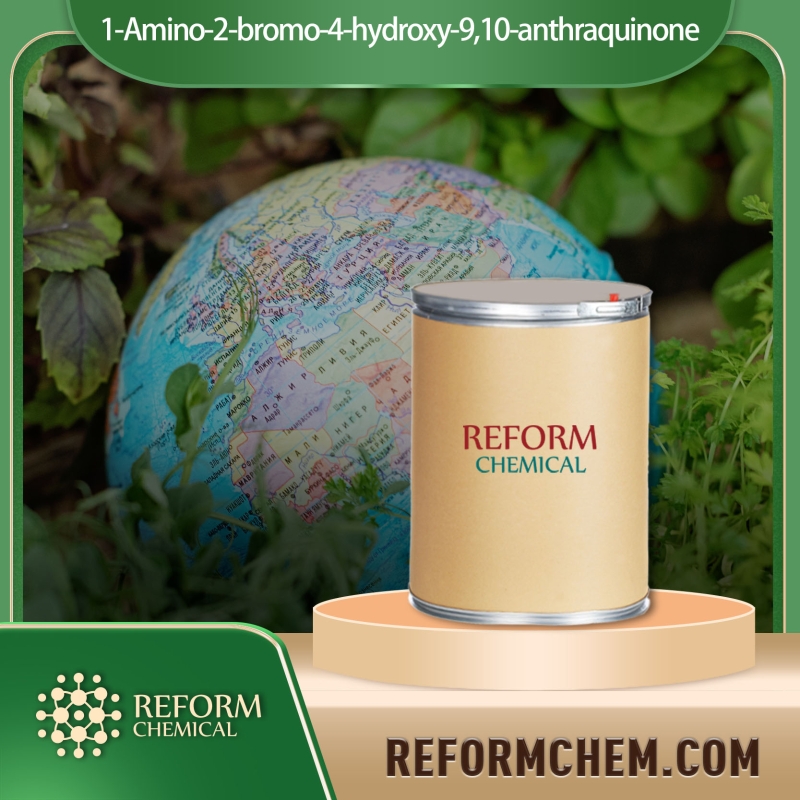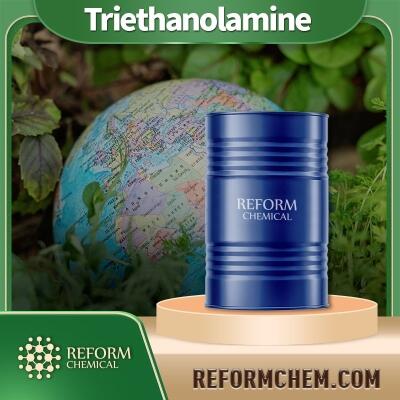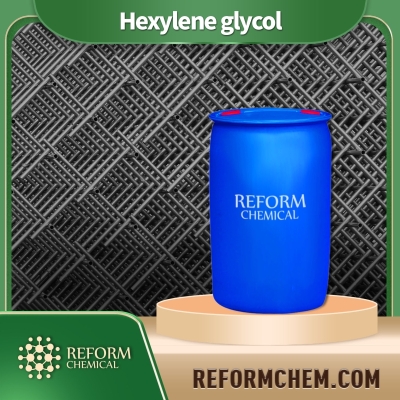Chemical Reagents
Get Chemical Reagents Raw Materials by RegionChemical Reagents
- • Deuterated Reagents (124)
- • Organic Reagents (9948)
- • Silane Reagent (852)
- • Chiral Chemicals (23)
- • Grignard Reagent (5)
- • Desulfurizer (20)
Related News
-
What Reagent Is Used To Test For Starch
2022-03-03 -
Meditex Bangladesh2019
2018-11-09 -
International Exhibition for Laboratory Equipment and Chemical Reagents
2017-06-20
Related Products Price
Chemical Reagent Suppliers
2,2,2-Trifluoro-1-(pyridin-4-yl)ethanamine dihydrochloride
CAS No: 2153472-94-5
Formula: C7H9Cl2F3N2
Categories: Chemical Reagents > Organic Reagents
3-Methyl-3,8-diaza-bicyclo[3.2.1]octane dihydrochloride
CAS No: 52407-92-8
Formula: C7H16Cl2N2
Categories: Chemical Reagents > Organic Reagents
-
52407-92-8 3-methyl-3,8-diazabicyclo[3.2.1]octane;dihydrochloride
Inquiry -
![3-METHYL-3,8-DIAZA-BICYCLO[3.2.1]OCTANE DIHYDROCHLORIDE buy 3-METHYL-3,8-DIAZA-BICYCLO[3.2.1]OCTANE DIHYDROCHLORIDE]()
3-METHYL-3,8-DIAZA-BICYCLO[3.2.1]OCTANE DIHYDROCHLORIDE
Inquiry -
![3-METHYL-3,8-DIAZA-BICYCLO[3.2.1]OCTANE DIHYDROCHLORIDE buy 3-METHYL-3,8-DIAZA-BICYCLO[3.2.1]OCTANE DIHYDROCHLORIDE]()
3-METHYL-3,8-DIAZA-BICYCLO[3.2.1]OCTANE DIHYDROCHLORIDE
Inquiry -
![3-METHYL-3,8-DIAZA-BICYCLO[3.2.1]OCTANE DIHYDROCHLORIDE buy 3-METHYL-3,8-DIAZA-BICYCLO[3.2.1]OCTANE DIHYDROCHLORIDE]()
3-METHYL-3,8-DIAZA-BICYCLO[3.2.1]OCTANE DIHYDROCHLORIDE
Inquiry
Oxalic acid
CAS No: 144-62-7
Formula: C2H2O4
Categories: Chemical Reagents > Water Softener
-
Oxalic Acid Cas: 144-62-7 Top Quality
Inquiry -
Oxalic acid CAS NO. 144-62-7 Chemical raw materials Intermediates 99% High Quality Solid
$1-1.3/KG FOB
Inquiry -
High Quality 98% Purity of 2-[(4-chlorophenyl)methyl]piperidine hydrochloride CAS 6936-90-9 ISO 9001:2005 REACH Verified Producer
$0.1-0.11/KG FOB
Inquiry -
Oxalic Acid 99.6% Oxalate High Quality 99.6% Use for Derusting /Bleaching/Polishing/Scaling
Inquiry
Sodium 5-amino-1,3,4-thiadiazole-2-carboxylate
CAS No: 2126160-80-1
Formula: C3H2N3NaO2S
Categories: Chemical Reagents > Organic Reagents
Stearic acid
CAS No: 1957-11-4
Categories: Chemical Reagents > Organic Reagents
1-(3-Bromopropyl)pyrrolidine hydrobromide
CAS No: 88806-08-0
Formula: C7H15Br2N
Categories: Chemical Reagents > Organic Reagents
-
1-(3-BROMOPROPYL)-PYRROLIDINE HYDROBROMIDE
Inquiry -
88806-08-0 1-(3-bromopropyl)pyrrolidine;hydrobromide
Inquiry -
![1-(3-BROMOPROPYL)-PYRROLIDINEHYDROBROMIDE buy 1-(3-BROMOPROPYL)-PYRROLIDINEHYDROBROMIDE]()
1-(3-BROMOPROPYL)-PYRROLIDINEHYDROBROMIDE
Inquiry -
![1-(3-BROMOPROPOXY)-4-CHLOROBENZENE buy 1-(3-BROMOPROPOXY)-4-CHLOROBENZENE]()
1-(3-BROMOPROPOXY)-4-CHLOROBENZENE
Inquiry
5-(Bromomethyl)-2-methylpyridine hydrobromide
CAS No: 718608-10-7
Formula: C7H9Br2N
Categories: Chemical Reagents > Organic Reagents
-
718608-10-7 5-(bromomethyl)-2-methylpyridine;hydrobromide
Inquiry -
![5-(BroMoMethyl)-2-Methylpyridine hydrobroMide buy 5-(BroMoMethyl)-2-Methylpyridine hydrobroMide]()
5-(BroMoMethyl)-2-Methylpyridine hydrobroMide
Inquiry -
![5-(Bromomethyl)-2-Methylpyridine hydrobromide buy 5-(Bromomethyl)-2-Methylpyridine hydrobromide]()
5-(Bromomethyl)-2-Methylpyridine hydrobromide
Inquiry -
![5-(BroMoMethyl)-2-Methylpyridine hydrobroMide buy 5-(BroMoMethyl)-2-Methylpyridine hydrobroMide]()
5-(BroMoMethyl)-2-Methylpyridine hydrobroMide
Inquiry
6-aminomethyl-2(1H)-pyridone hydrobromide
CAS No: 95851-90-4
Formula: C6H9BrN2O
Categories: Chemical Reagents > Organic Reagents
Ferrous sulfate
CAS No: 7720-78-7
Formula: Fe.H2O4S
Categories: Chemical Reagents > Flocculant
-
Ferrous Sulfate CAS NO.7720-78-7 COPPERAS 99% High Quality Industrial Grade
$5-5.2/KG FOB
Inquiry -
FERROUS SULFATE 99% crystals 7720-78-7 Dideu
Inquiry -
Ferrous Sulphate 98%
Inquiry -
Ferrous sulfate heptahydrate 97%
Inquiry
(2-METHYL-1H-INDOL-3-YL)-OXO-ACETICACIDETHYLESTER
CAS No: 6628-34-8
Formula: C3H5O2-
Categories: Chemical Reagents > Organic Reagents
-
(2-METHYL-1H-INDOL-3-YL)-OXO-ACETIC ACID ETHYL ESTER 99% Dideu
Inquiry -
![(2-METHYL-1H-INDOL-3-YL)-OXO-ACETIC ACID ETHYL ESTER buy (2-METHYL-1H-INDOL-3-YL)-OXO-ACETIC ACID ETHYL ESTER]()
(2-METHYL-1H-INDOL-3-YL)-OXO-ACETIC ACID ETHYL ESTER
Inquiry -
![(2-METHYL-1H-INDOL-3-YL)-OXO-ACETIC ACID ETHYL ESTER buy (2-METHYL-1H-INDOL-3-YL)-OXO-ACETIC ACID ETHYL ESTER]()
(2-METHYL-1H-INDOL-3-YL)-OXO-ACETIC ACID ETHYL ESTER
Inquiry -
![ethyl 2-(2-methyl-1H-indol-3-yl)-2-oxoacetate buy ethyl 2-(2-methyl-1H-indol-3-yl)-2-oxoacetate]()
ethyl 2-(2-methyl-1H-indol-3-yl)-2-oxoacetate
Inquiry
374 Chemical Reagents Suppliers
Short on time? Let Chemical Reagents sellers contact you.
Boric acid
CAS No: 11113-50-1
Formula:
Categories: Chemical Reagents > Buffering
Hexane
CAS No: 110-54-3
Formula: C6H14
Categories: Chemical Reagents > Dissolving Agent
Formyl
CAS No: 2597-44-6
Formula: CHO
Categories: Chemical Reagents > Organic Reagents
-
![Formyl radical CAS NO 2597-44-6 buy Formyl radical CAS NO 2597-44-6]()
Formyl radical CAS NO 2597-44-6
$11.11/KG EXW
Inquiry -
![Formyl radical buy Formyl radical]()
Formyl radical
Inquiry -
![Formyl radical buy Formyl radical]()
Formyl radical
Inquiry -
![Formyl radical buy Formyl radical]()
Formyl radical
Inquiry
Heptane
CAS No: 142-82-5
Formula: C7H16
Categories: Chemical Reagents > Dissolving Agent
-
Heptane CAS NO.142-82-5 Chemical Raw Materials Exxsol heptane 99% High Quality
$1-1.3/KG FOB
Inquiry -
Heptane CAS NO 142-82-5
Inquiry -
N-Heptane SHANDONG
Inquiry -
n-Heptane CAS.: 142-82-5
Inquiry
Octane
CAS No: 111-65-9
Formula: C8H18
Categories: Chemical Reagents > Dissolving Agent
-
N-Octane
Inquiry -
99% N-OCTANE CAS NO 111-65-9
Inquiry -
N-OCTANE
Inquiry -
High Quality Normal Octane Organic Solvent N-Octane CAS 111-65-9 with Good Price
$600-700/MT FOB
Inquiry
Sodium hydroxide
CAS No: 1310-73-2
Formula: HNaO
Categories: Chemical Reagents > Buffering
Hydroxylamine
CAS No: 7803-49-8
Formula: H3NO
Categories: Chemical Reagents > Organic Reagents
-
HYDROXYLAMINE CAS7803-49-8
Inquiry -
Hydroxylamine
Inquiry -
HYDROXYLAMINE 50% liquid 7803-49-8 Senwayer
Inquiry -
Hydroxylamine solution, CAS:7803-49-8
$12-13/KG FOB
Inquiry
Sulfoxide
CAS No: 120-62-7
Formula: C18H28O3S
Categories: Chemical Reagents > Organic Reagents
-
![SULFOXIDE buy SULFOXIDE]()
SULFOXIDE
Inquiry -
![1,3-Benzodioxole,5-[2-(octylsulfinyl)propyl]- buy 1,3-Benzodioxole,5-[2-(octylsulfinyl)propyl]-]()
1,3-Benzodioxole,5-[2-(octylsulfinyl)propyl]-
Inquiry -
![SULFOXIDE buy SULFOXIDE]()
SULFOXIDE
Inquiry -
![1,3-Benzodioxole,5-[2-(octylsulfinyl)propyl]- buy 1,3-Benzodioxole,5-[2-(octylsulfinyl)propyl]-]()
1,3-Benzodioxole,5-[2-(octylsulfinyl)propyl]-
Inquiry
Cyclohexanol
CAS No: 108-93-0
Formula: C6H12O
Categories: Chemical Reagents > Perfuming
-
Cyclohexanol 99% Liquid DDCS0062 Dideu
Inquiry -
Cyclohexanol
Inquiry -
High purity Cyclohexanol 98% with best price 108-93-0 and Cyclohexanol raw material
Inquiry -
Cyclohexanol cas108-93-0
$10/KG EXW
Inquiry
p-Phenylenediamine
CAS No: 106-50-3
Formula: C6H8N2
Categories: Chemical Reagents > Hair Dyeing
-
High Quality 99% Purity of p-Phenylenediamine CAS NO 106-50-3 ISO 9001:2005 REACH Verified Producer
Inquiry -
Phenylenediamine 99% powder aly- 106-50-3 lk
Inquiry -
p-Phenylenediamin 99.9% White flakes 106-50-3 ZHISHANG
Inquiry -
p-Phenylenediamine 99% White, gray, or purple to brown podwer cas106-50-3 senwayer
Inquiry
New Arrivals
Most Popular
-
2-Nitrobenzaldehyde 552-89-6 Organic Synthesis o-nitro-benzaldehyd High Quality 99% Industrial Grade
$1-1.3/KG FOB
-
Triethanolamine CAS NO 102-71-6 Chemical Reagents Intermediates 99% High Quality
$1-1.3/KG FOB
-
Oxalic acid CAS NO. 144-62-7 99% High Quality powder Chemical intermediates
$8-8.7/KG FOB
-
2-Methyl-2,4-pentanediol CAS NO. 107-41-5 Chemical Reagent 99% High Quality organic chemical
$1-1.3/KG FOB
People are searching
Frequently Asked Questions
Chemical Reagents can be divided into different categories. On ECHEMI, we divided them into Deuterated Reagents, Organic Reagents, Silane Reagent, Chiral Chemicals, Grignard Reagent, and Desulfurizer. A common Deuterated Reagent is Lithium tetradeuteroaluminate, which is commonly used as a source of deuterium atoms to produce tritium for cooling nuclear reactors.. A common Organic Reagent is Benzyldodecyldimethylammonium chloride, which is used as acrylic fiber leveling agent, dye retardant for printing and dyeing fabric, oil field oil well fungicide, cooling water system sterilization and algaecide, medical device disinfectant, etc. A common Silane Reagent is Methyltris(methyl ethyl ketoxime)silane, which is used as a neutral curing agent in silicone sealant formulations. A common chiral chemical is L-Dibenzoyltartaric acid, an organic chiral compound that can be used as an organic intermediate and pharmaceutical intermediate. A common Grignard reagent is Benzylmagnesium bromide, which can be used in the preparation of 2,6-dimethyl-2-heptanol. A common Desulfurizer is TETRABUTYLAMMONIUM FLUORIDE, a reagent for the preparation of terminal olefins from primary alkyl iodides. More other common chemical reagents are available on ECHEMI, just feel free to inform us what you need and get competitive quotes!
A chemical reagent is a substance or compound to achieve or test a chemical change in chemical reactions. Reagents can be organic or inorganic compounds, and are selected based on their properties and ability to facilitate specific reactions. Chemical reagents are widely used in various fields, like chemistry, biochemistry, and other related areas for purposes such as synthesizing, analyzing, purifying, or characterizing chemical substances.
A chemical can be any specific chemical element or chemical compound with certain properties, however a reagent takes part in the chemical reactions and will convert to something else. That is to say a reagent is a chemical which is used to bring out a certain chemical reaction.









![52407-92-8 3-methyl-3,8-diazabicyclo[3.2.1]octane;dihydrochloride buy 52407-92-8 3-methyl-3,8-diazabicyclo[3.2.1]octane;dihydrochloride](https://file.echemi.com/fileManage/upload/goodpicture/20240725/52407-92-8-3-methyl-3-8-diazabicyclo321octanedihydrochloride_b20240725012927902.png)
![3-METHYL-3,8-DIAZA-BICYCLO[3.2.1]OCTANE DIHYDROCHLORIDE buy 3-METHYL-3,8-DIAZA-BICYCLO[3.2.1]OCTANE DIHYDROCHLORIDE](https://file.echemi.com/fileManage/upload/category/ac71ac0d-8ef6-11ec-89e5-fa163ed06441.png)
![3-METHYL-3,8-DIAZA-BICYCLO[3.2.1]OCTANE DIHYDROCHLORIDE buy 3-METHYL-3,8-DIAZA-BICYCLO[3.2.1]OCTANE DIHYDROCHLORIDE](https://static-www.echemi.com/static_v3/images/common/defaultGoodsPicSize200_vb7108c.jpg)


![High Quality 98% Purity of 2-[(4-chlorophenyl)methyl]piperidine hydrochloride CAS 6936-90-9 ISO 9001:2005 REACH Verified Producer buy High Quality 98% Purity of 2-[(4-chlorophenyl)methyl]piperidine hydrochloride CAS 6936-90-9 ISO 9001:2005 REACH Verified Producer](https://file.echemi.com/fileManage/upload/goodpicture/20231012/phenytoin-usp-99-powder-57-41-0-dideu_b20231012171302840.jpg)







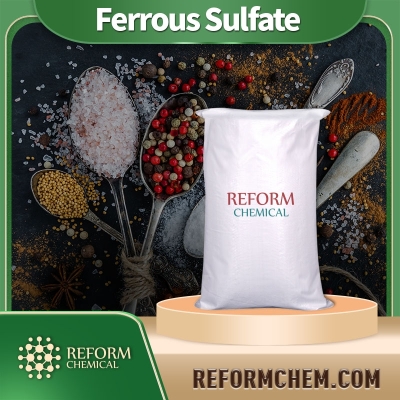















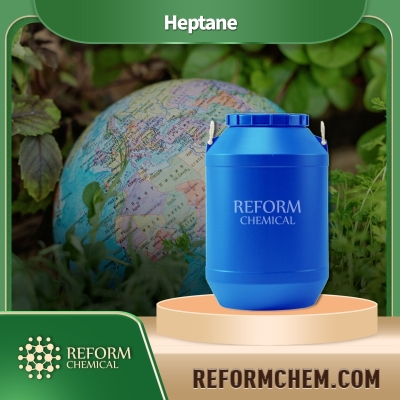







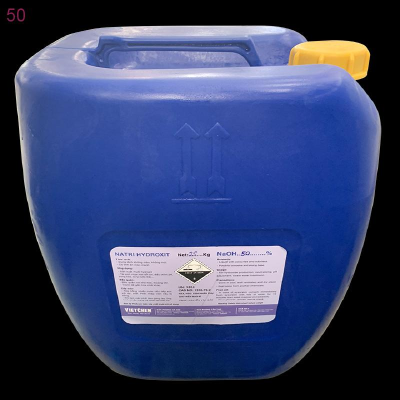
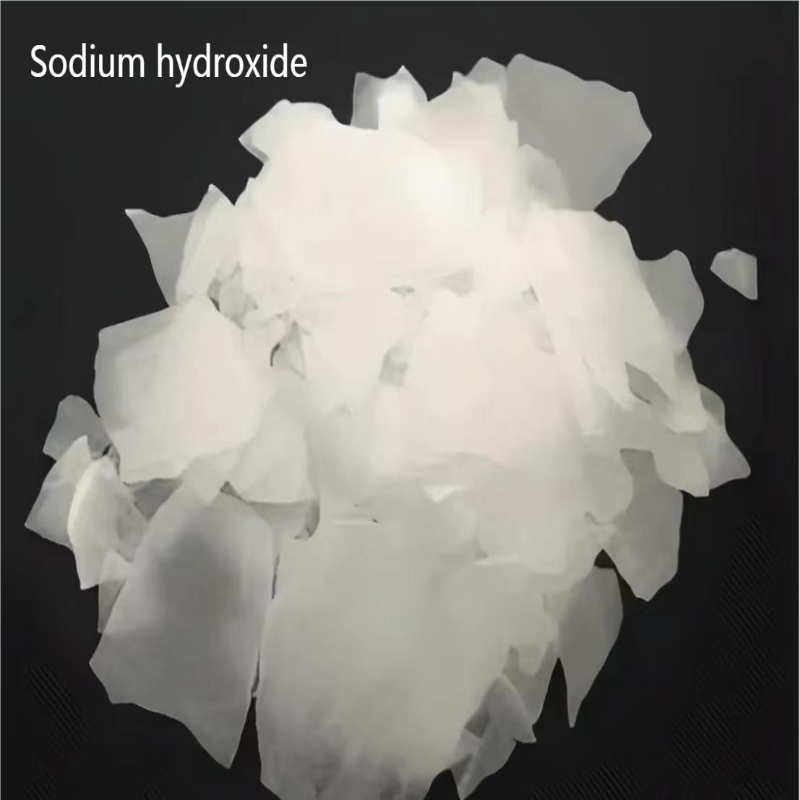






![1,3-Benzodioxole,5-[2-(octylsulfinyl)propyl]- buy 1,3-Benzodioxole,5-[2-(octylsulfinyl)propyl]-](https://file.echemi.com/fileManage/upload/canonicalSmiles/20220812/f413ba9e541349b7af38b8d654ee92eb.png)

